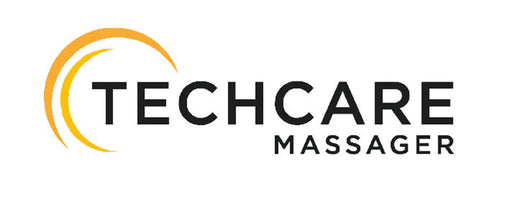TENS Unit for Pain Relief in Patients with Bursitis
What is Bursitis?
Bursitis is a painful condition that affects the small, fluid-filled sacs — called bursae — that cushion the bones, tendons and muscles near your joints. Bursitis occurs when bursae become inflamed.
The most common locations for bursitis are in the shoulder, elbow and hip. But you can also have bursitis by your knee, heel and the base of your big toe. Bursitis often occurs near joints that perform frequent repetitive motion.
Treatment typically involves resting the affected joint and protecting it from further trauma. In most cases, bursitis pain goes away within a few weeks with proper treatment, but recurrent flare-ups of bursitis are common.
Bursitis is the painful inflammation or irritation of the bursa. The condition affects over 8 million people in the United States. It caused by a repetitive, minor impact on the area, overuse or injury to the joint at work or play or from a sudden, more serious injury. Bursitis affects joints like the elbow, shoulder, hip, knee or Achilles tendon and is commonly seen in people over the age of forty. As their day-to-day movements stress their joints and are repetitive, athletes, carpenters, gardeners, painters and musicians are at greater risk of bursitis.
The symptoms of bursitis include tenderness or pain, heat, redness, swelling, stiffness, and restricted movement. If chronic bursitis is left untreated, it can lead to building-up of calcium deposits in the soft tissues, resulting in permanent loss of movement to the area.
What causes bursitis?
A bursa can become inflamed through injury or repetitive movement.
Your risk of developing bursitis is increased if you regularly take part in physical activities that involve a lot of repetitive movement, for example running (bursitis in the ankle) or playing darts (bursitis in the elbow).
People who spend a lot of time kneeling, such as carpet fitters and gardeners, also have an increased risk of developing bursitis in their knee.
Less commonly, bursitis can develop as a result of an infection or as a complication of certain conditions, such as gout or rheumatoid arthritis.
TENS Unit Therapy for Bursitis
A TENS machine is a small, portable and battery-operated device that has leads connected to sticky pads called electrodes. It provides pain relief by delivering a low-voltage electrical current to stimulate the nerves in that area by through the skin. For instance, in the case of shoulder bursitis, the TENS unit is applied to the painful area. The TENS unit is switched on and small electrical impulses are delivered to the area, which causes a tingling sensation. The electrical impulses can reduce the pain signals going to the spinal cord and brain, which helps relieve pain and relax muscles. It is also believed that the electrical impulses stimulate the production of endorphins, the body’s natural painkillers.
The TENS unit can be set to different wavelength frequencies, that is, it can be set to deliver an almost steady flow of electrical current or a sudden burst of electrical current. This flexibility allows the treatment to be modified for the patient’s specific pain needs. The optimal placement of the TENS machine depends on the type of injury being treated.
Benefits of TENS Unit
TENS Unit is designed to ease pain, stimulate your muscles, and improve range of motion. The therapy is:
- Effective
- Natural
- Completely safe
- Easy to use
- Non-invasive and non-addictive with no side-effects

Pain due to bursitis, arthritis, fibromyalgia, tendonitis, and nerve pain can be effectively treated at a multispecialty healthcare center in Brooklyn. TENS device is an important element in the treatments they provide. A reliable center providing rehabilitation services would have experienced healthcare professionals on their team, such as chiropractors and physical therapists who understand the musculoskeletal system and know how to most effectively place the electrode pads on the skin to provide optimal pain relief. They can provide patients with effective pain management plans that combine TENS Unit with other effective options such as physical therapy exercises, heat and cold therapy, non-steroidal anti-inflammatory drugs (NSAIDs), chiropractic adjustment, pain management injections, and prolotherapy.


Leave a comment